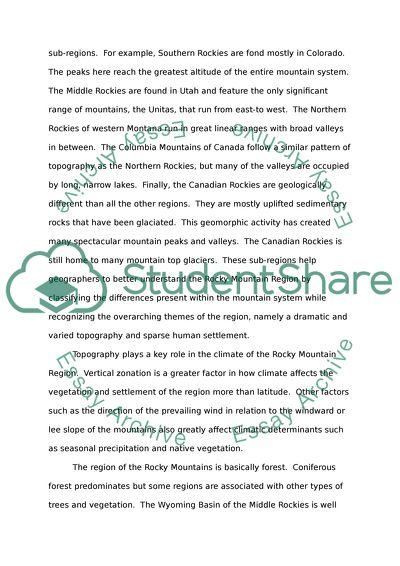Cite this document
(“Rocky Mountains Essay Example | Topics and Well Written Essays - 1500 words”, n.d.)
Retrieved from https://studentshare.org/sociology/1516482-rocky-mountains
Retrieved from https://studentshare.org/sociology/1516482-rocky-mountains
(Rocky Mountains Essay Example | Topics and Well Written Essays - 1500 Words)
https://studentshare.org/sociology/1516482-rocky-mountains.
https://studentshare.org/sociology/1516482-rocky-mountains.
“Rocky Mountains Essay Example | Topics and Well Written Essays - 1500 Words”, n.d. https://studentshare.org/sociology/1516482-rocky-mountains.


